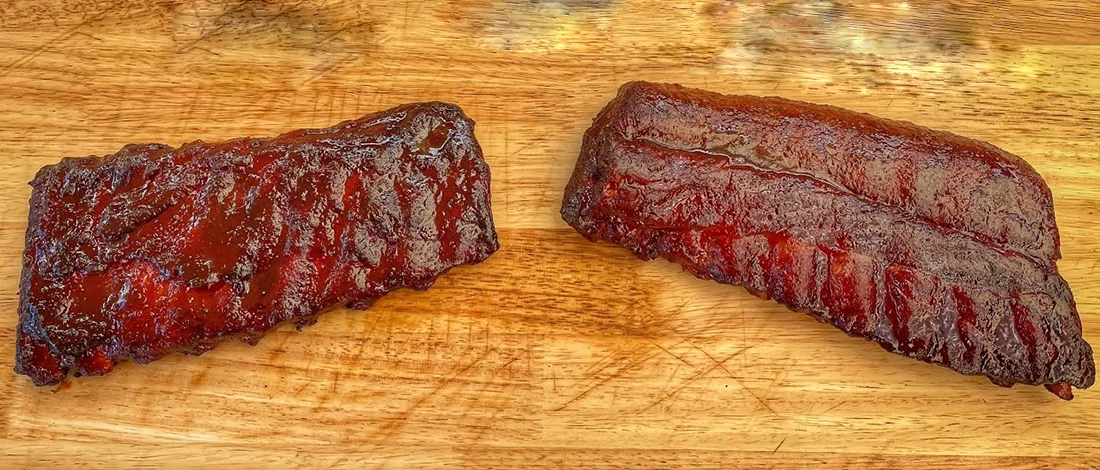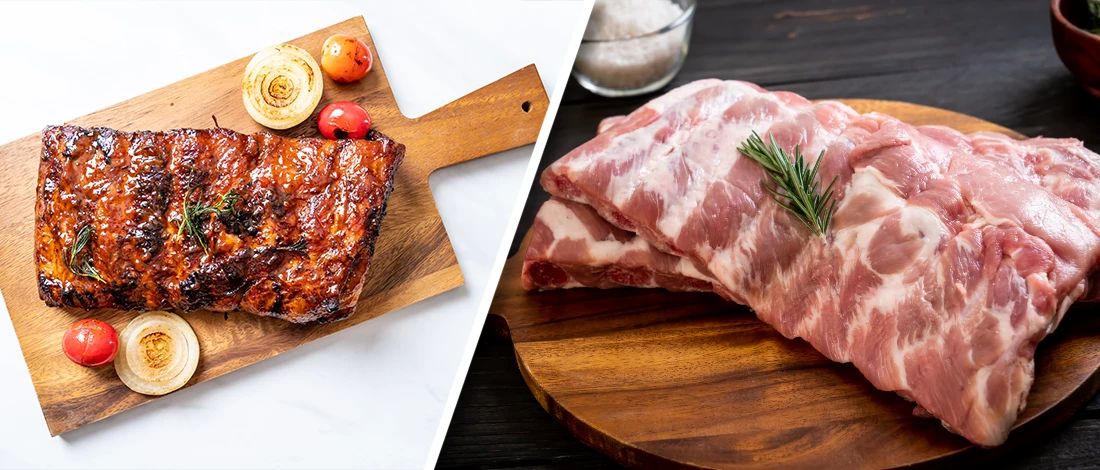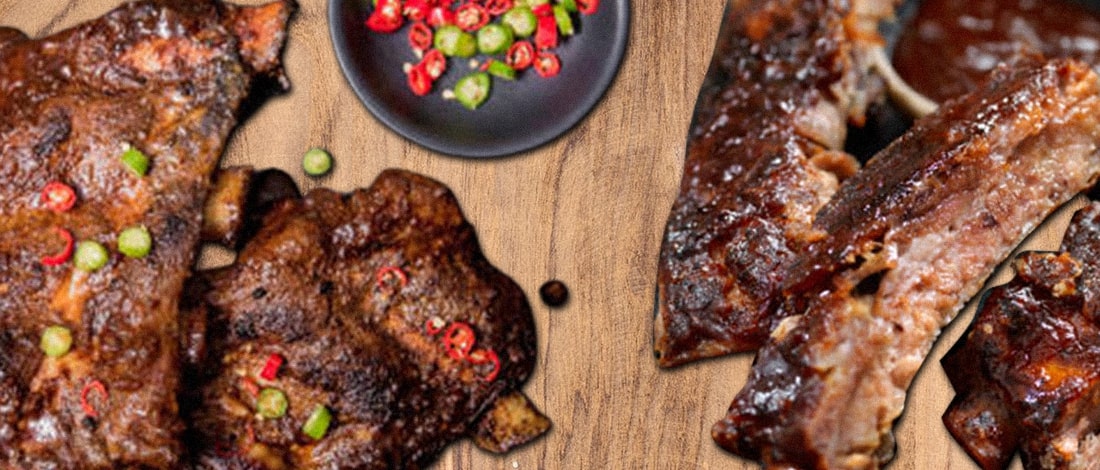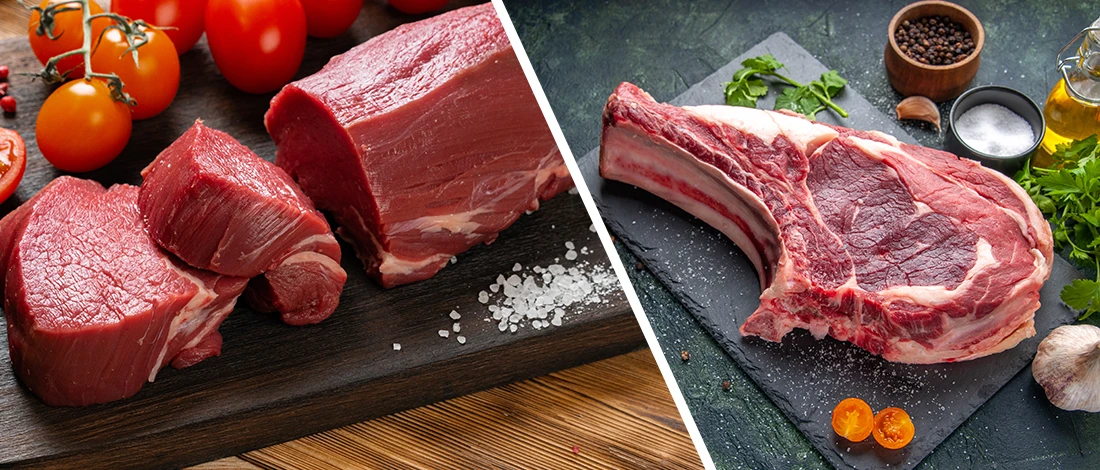At Carnivore Style, we know that when it comes to tasty barbecue ribs, St Louis and Baby Back are two of the most popular options. Both types of ribs have their own unique characteristics, setting them apart.
Having made both of these ribs for many years, I aim to provide you with a thorough understanding of the differences between St Louis and Baby Back ribs.
I also spent a significant amount of time studying the two ribs and consulted with various chefs and local butchers to gather insights.
In this article, I will provide a comprehensive comparison of these two rib cuts.
Quick Summary
- St Louis-style ribs come from the side area of the pig, while baby back ribs come from where the spine and ribs meet - not from a baby pig.
- St Louis ribs are perfect for barbecuing as they absorb sauces readily when smoked with a low and slow cooking process.
- Baby back ribs have curved bones with less bone and fat, making them easier to eat.
- Other than my local butcher, I use ButcherBox for most of my meat needs, as they provide hormone-free, humanely raised options.
7 Differences Between St Louis and Baby Back Ribs
Both St Louis and baby back ribs are popular choices when it comes to pork ribs. But here are the key differences between the two according to Carnivore Style's team experts.
1. Location of the Cut
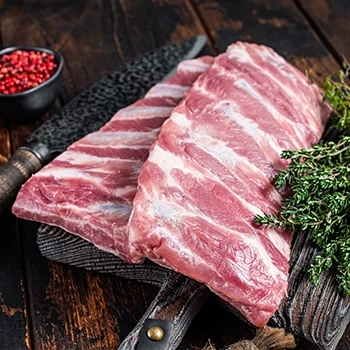
St Louis ribs arise from the spare ribs cut and are taken in a rectangular shape between the chewy cartilage of the hard breastbone and the shoulder blade.
They do not include the rib tips or tough cartilage of spare ribs and are made of long bones.
Despite the name, baby back does not come from baby pigs. Also called baby backs, pork loin back ribs, or loin ribs, they are upper ribs from where the spine meets the rib cage in the upper part of a pig's back.
The baby part of the name is because they are smaller than the bigger spareribs.
Also Read: Types of Pork Ribs
2. Size
St Louis-style spare ribs are generally larger than baby back ribs, with a length of about 5 to 9 inches and a thickness of about 1 to 1.5 inches.
A slab of these belly-side ribs may weigh more than 5 pounds, though an average weight is in the 2.5 to 3-pound range.
Baby backs are smaller, about 3 to 6 inches, and may be thicker than St Louis-style ribs, making them good finger food. This cut usually weighs a little more than half of what St Louis ribs do - 1.5 to 2 pounds.
3. Appearance
St Louis ribs usually have a lot of fat and visible connective tissue. They have long, uniform-shaped bones that make these ribs easy to grill. It also is easy to remove the rib meat while eating.
On the other hand, baby back ribs are leaner with fewer fatty tissues than St Louis-style ribs.
Although they contain less meat between the bones, baby back ribs usually have more meat on top of the ribs.
4. Texture and Flavor
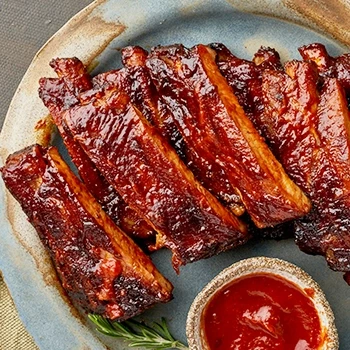
Since St Louis ribs have more fatty tissues, they tend to have a richer flavor and more tender texture than baby back ribs. The fat melts while cooking, adding an even more robust taste to the ribs.
Baby backs have leaner meat, so they can dry out more quickly when cooked. They also do not have as much fat as St Louis ribs, which makes them slightly less flavorful.
That said, with a good BBQ sauce or kosher salt and spice rub, baby back ribs are still delicious ribs.
This difference means baby back ribs pair well with lighter flavors.
In contrast, St Louis-style ribs are better with bolder sauces, such as a strong barbecue sauce or spicy rubs that provide assertive flavors without overpowering the taste of the meat itself.
5. Cost
A St Louis-style rib rack tends to be more expensive to purchase than a slab of baby back ribs due to its larger size.
However, on a per-pound basis, baby back ribs usually cost more. This is because there is proportionally more meat on baby back ribs than on St Louis-style ribs.
6. Cooking Time
St Louis pork ribs take longer to cook than baby back ribs due to their larger size and thickness.
If you're using these, you'll need to plan for about 3 hours on the grill or in the oven.
Since they are smaller, baby back ribs will cook faster, usually taking only around 2 hours.
Also Read: How Long Do Ribs Take to Grill?
7. Cooking Method
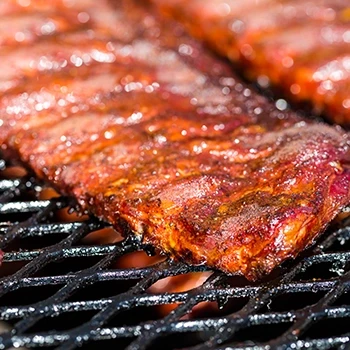
Both ribs are well-suited for either grilling or cooking in the oven. But because of their flatter shape, St Louis ribs are easier for beginner grillers to get just right.
Baby back ribs can be trickier to put on the direct heat of the grill since they are curved and smaller.
Most cooks prefer to use the oven to prepare baby back ribs, although more experienced grillers will substitute baby backs for St Louis ribs.
"Ribs should be cooked low and slow to bring out their natural flavors."
- Rachael Ray, American Cook & TV Personality
Nutrition Differences Between St Louis vs. Baby Back Ribs

The following are the nutrition facts for a 100-gram serving of each type of ribs, based on U.S. Department of Agriculture data:
St Louis Ribs:
- Calories: 397 calories
- Total Fat: 30.3 grams
- Saturated Fat: 11.1 grams
- Protein: 29.1 grams
- Carbohydrates: 0 grams
- Cholesterol: 121 milligrams
Baby Back Ribs:
- Calories: 254 calories
- Total Fat: 15.1 grams
- Saturated Fat: 5.4 grams
- Protein: 16.2 grams
- Carbohydrates: 0 grams
- Cholesterol: 58 milligrams
As you can see, baby back ribs are lower in calories, fat content, and cholesterol [1]. This makes them a healthier choice than St Louis ribs if you're concerned about nutrition.
They are also lower in total protein, so if you're looking for a protein-rich meal, St Louis pork ribs might be the better choice.
Both ribs are excellent sources of iron and zinc, essential minerals that support immunity and energy levels [2].
They also provide some B vitamins, including thiamin and niacin, as well as selenium and phosphorus.
Related Articles:
FAQs
What Kind of Ribs Do Most Restaurants Serve?
Most restaurants serve spare ribs or St Louis ribs, which are very popular and widely available. Some restaurants cook baby back ribs, but they are likely to be more expensive.
Which Ribs Are the Most Tender?
Baby back ribs are usually the most tender meat due to their smaller size and less fat. Due to that, St Louis-style ribs have the potential to be more flavorful than baby back ribs.
Are Ribs Healthy?
Ribs are healthy as they are an excellent source of protein and minerals, although they are high in fat. However, eating them in moderation can be a part of a healthy diet.
References:
- https://fdc.nal.usda.gov/fdc-app.html#/food-details/167854/nutrients
- https://fdc.nal.usda.gov/fdc-app.html#/food-details/2341300/nutrients


